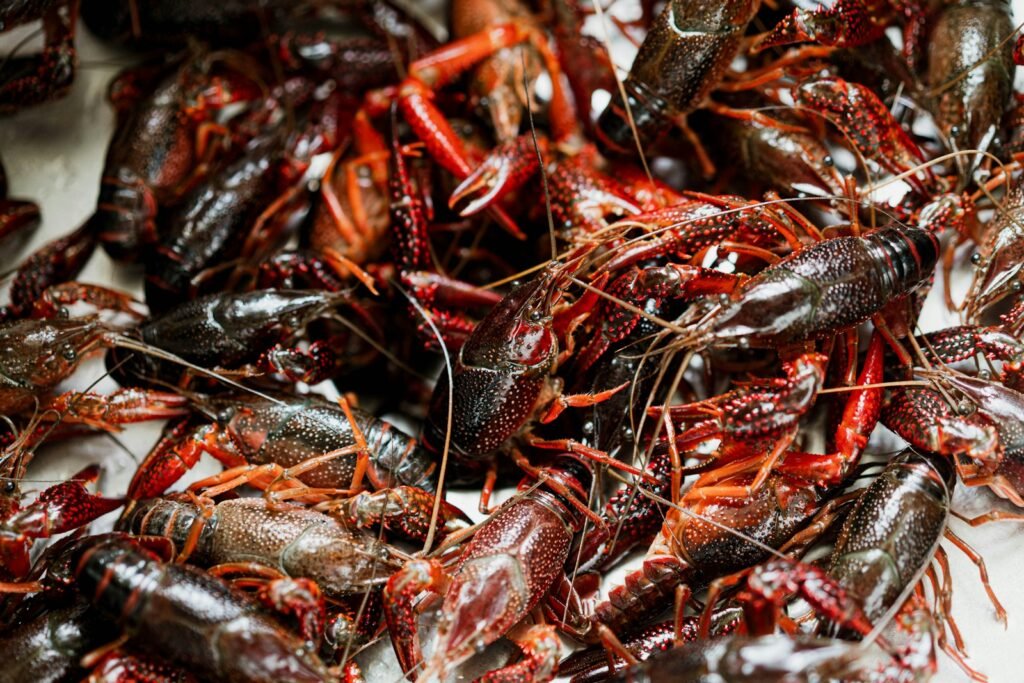Picture a creature whose genetic code is so complex, it makes even the human genome look simple by comparison. Imagine an animal whose DNA is split, twisted, and packed into hundreds of tiny bundles, holding secrets science is still struggling to fully understand. Surprising as it may seem, the animal with the most chromosomes on Earth isn’t a whale or an elephant—it’s a small, unassuming creature you’d likely overlook if you stumbled across it. Get ready to meet the astonishing marbled crayfish, a living marvel whose chromosome count defies all expectations and challenges our understanding of the natural world.
The Humble Yet Extraordinary Marbled Crayfish
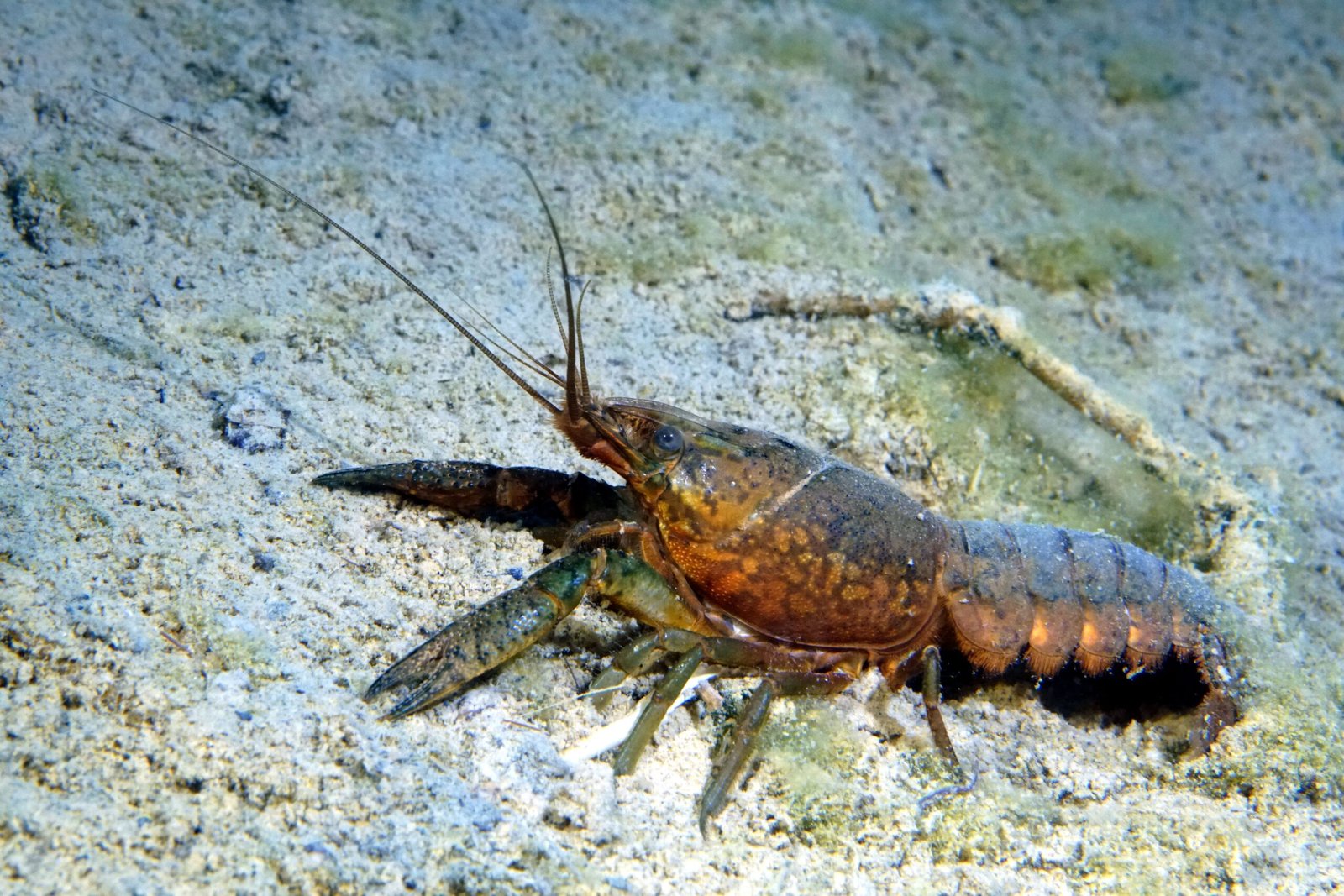
At first glance, the marbled crayfish (Procambarus virginalis) doesn’t look like a record-breaker. It’s a freshwater crustacean, often found in aquariums and waterways across Europe, Africa, and beyond. But beneath its mottled shell lies a genetic surprise: this crayfish boasts a staggering 276 chromosomes—far more than any other animal known to science. That’s nearly seven times the number of chromosomes found in humans, who have just 46. This genetic explosion is a key reason why the marbled crayfish has become such an object of fascination among scientists and nature lovers alike.
What Are Chromosomes—And Why Do They Matter?
Chromosomes are the microscopic structures in our cells that carry genetic information. Think of them as the pages of a massive instruction manual, telling each cell how to function, grow, and reproduce. In most animals, chromosomes come in pairs—one from each parent. The number of chromosomes varies wildly across the animal kingdom, but more doesn’t always mean “better.” Sometimes, it’s just a twist of evolutionary fate. In the marbled crayfish, this abundance of chromosomes makes its biology uniquely intriguing and sometimes unpredictable.
The Discovery That Shocked Geneticists
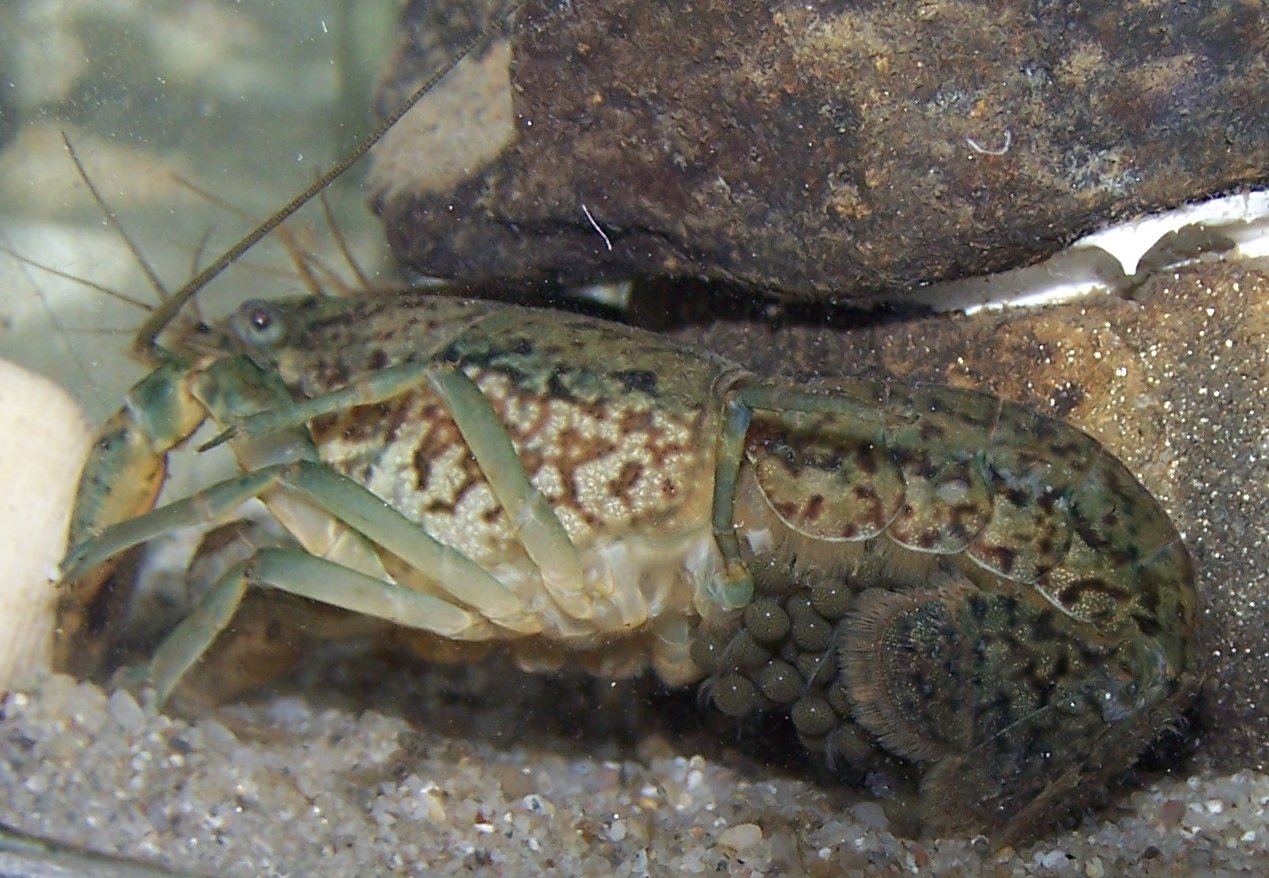
The marbled crayfish wasn’t even known to science until the 1990s, when aquarium hobbyists noticed some unusual crayfish multiplying at a shocking rate. Scientists soon realized these weren’t ordinary crayfish—they were all female, and all genetically identical. When researchers examined their DNA, they were stunned to find an unprecedented chromosome count. This discovery overturned previous assumptions about crustacean genetics and challenged the idea that high chromosome numbers are always a sign of evolutionary “progress.”
How Did the Marbled Crayfish Get So Many Chromosomes?
The marbled crayfish’s incredible chromosome count is the result of a process called polyploidy, where an organism ends up with extra sets of chromosomes. Unlike most animals, which inherit one set from each parent, the marbled crayfish somehow managed to triple its genetic material. This likely happened through a rare genetic accident—not from mating, but from a single parent’s cell duplicating its entire genome. In essence, the marbled crayfish is a genetic copy machine run wild, producing offspring that are near-perfect clones of their mother.
Parthenogenesis: Reproduction Without Males
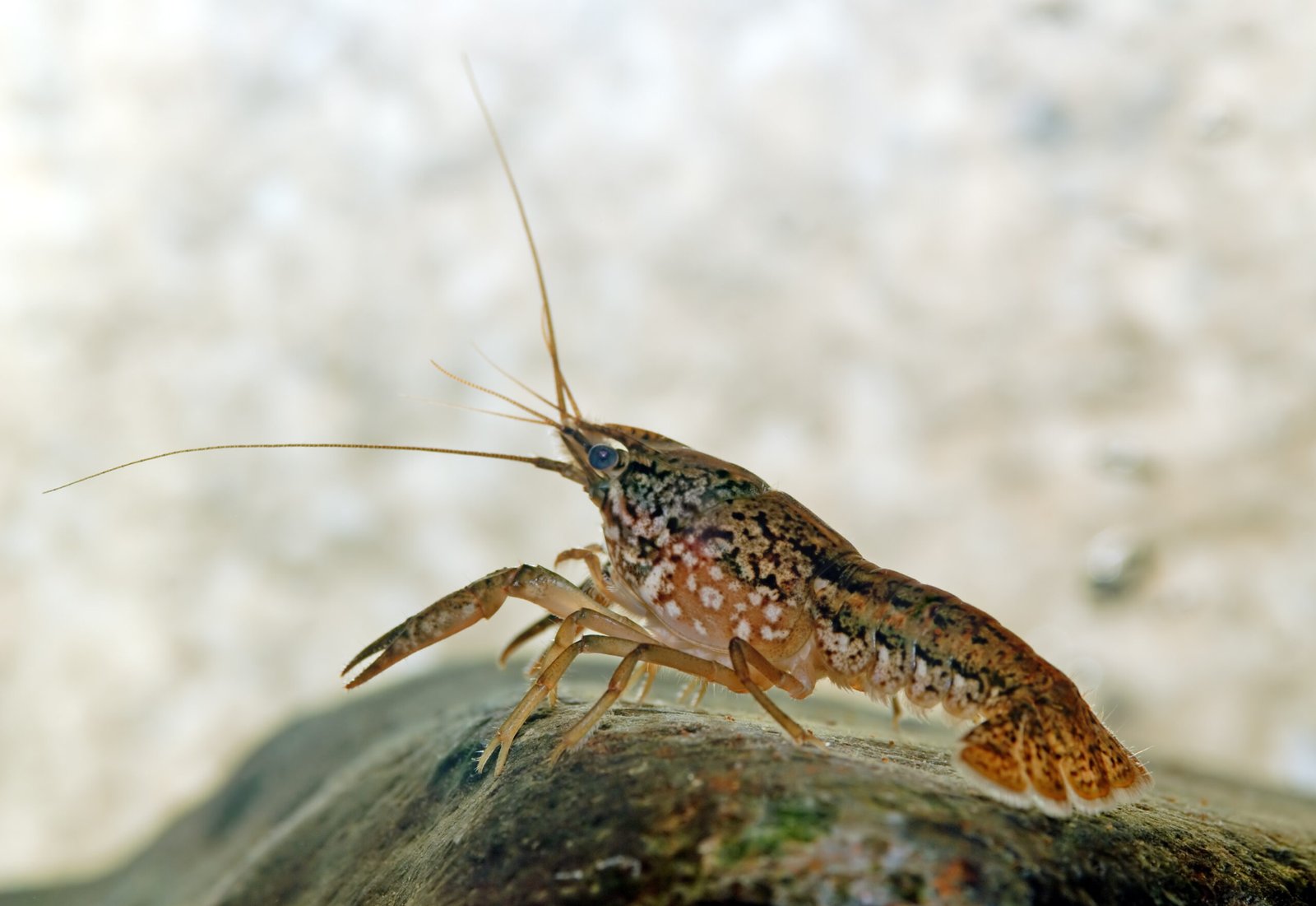
One of the most astonishing traits of the marbled crayfish is its ability to reproduce through parthenogenesis. This means every individual is female and can produce offspring without ever needing a mate. Each baby crayfish is an exact genetic replica of its mother, right down to the last chromosome. This reproductive superpower allows marbled crayfish populations to grow explosively, outpacing species that rely on traditional mating. In some lakes and rivers, they have become invasive, crowding out native species and reshaping ecosystems.
Comparing Chromosome Numbers Across the Animal Kingdom
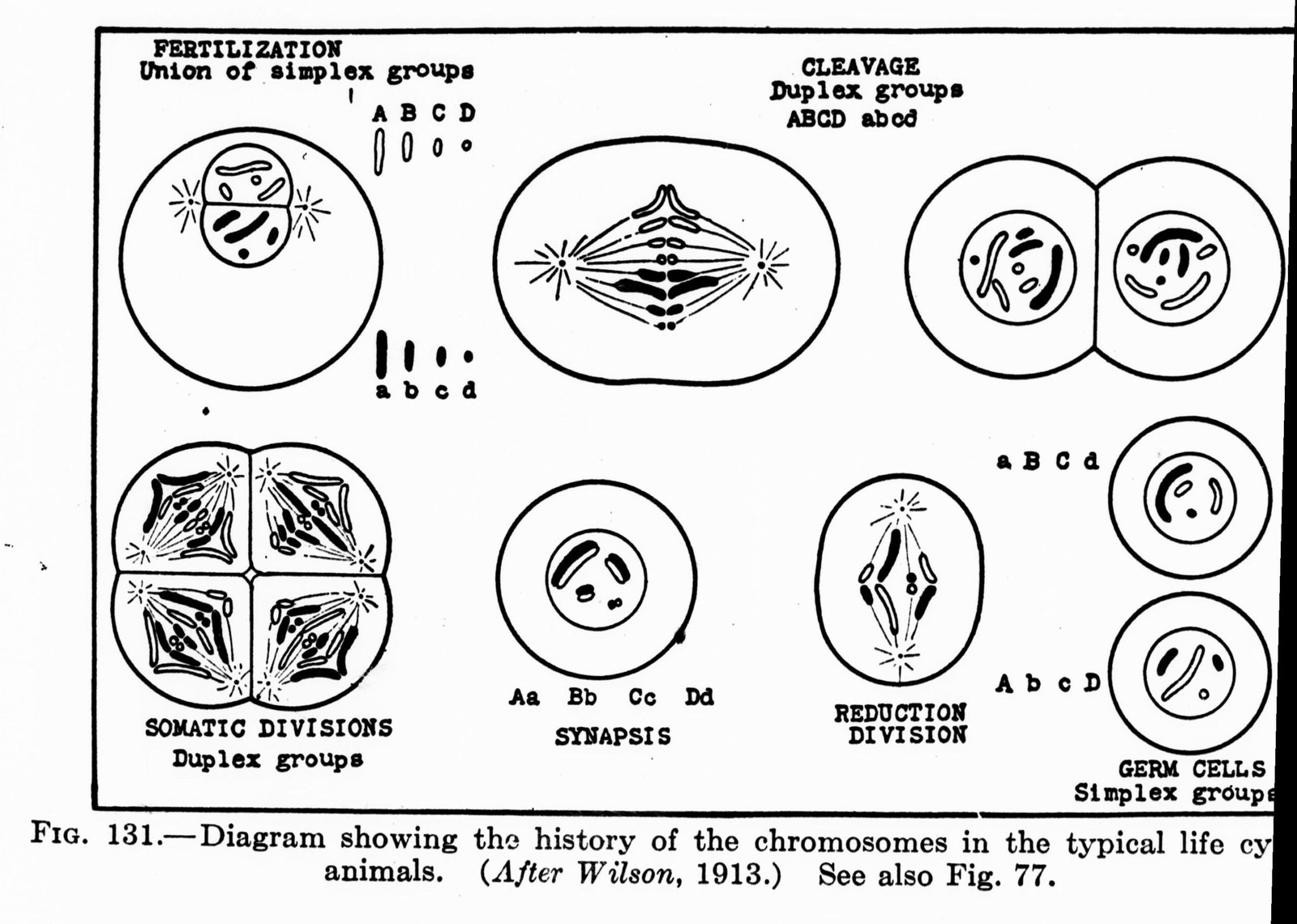
Humans have 46 chromosomes, dogs have 78, and horses have 64. Even the Australian ant Myrmecia pilosula, sometimes called the “bulldog ant,” has just two chromosomes. By contrast, the marbled crayfish’s 276 chromosomes put it in a league of its own. Interestingly, high chromosome counts are more common in plants, with some ferns boasting hundreds. But among animals, nothing comes close to the marbled crayfish. This makes it a valuable model for studying the effects of polyploidy and genetic diversity in animals.
The Impact of Chromosome Count on Biology
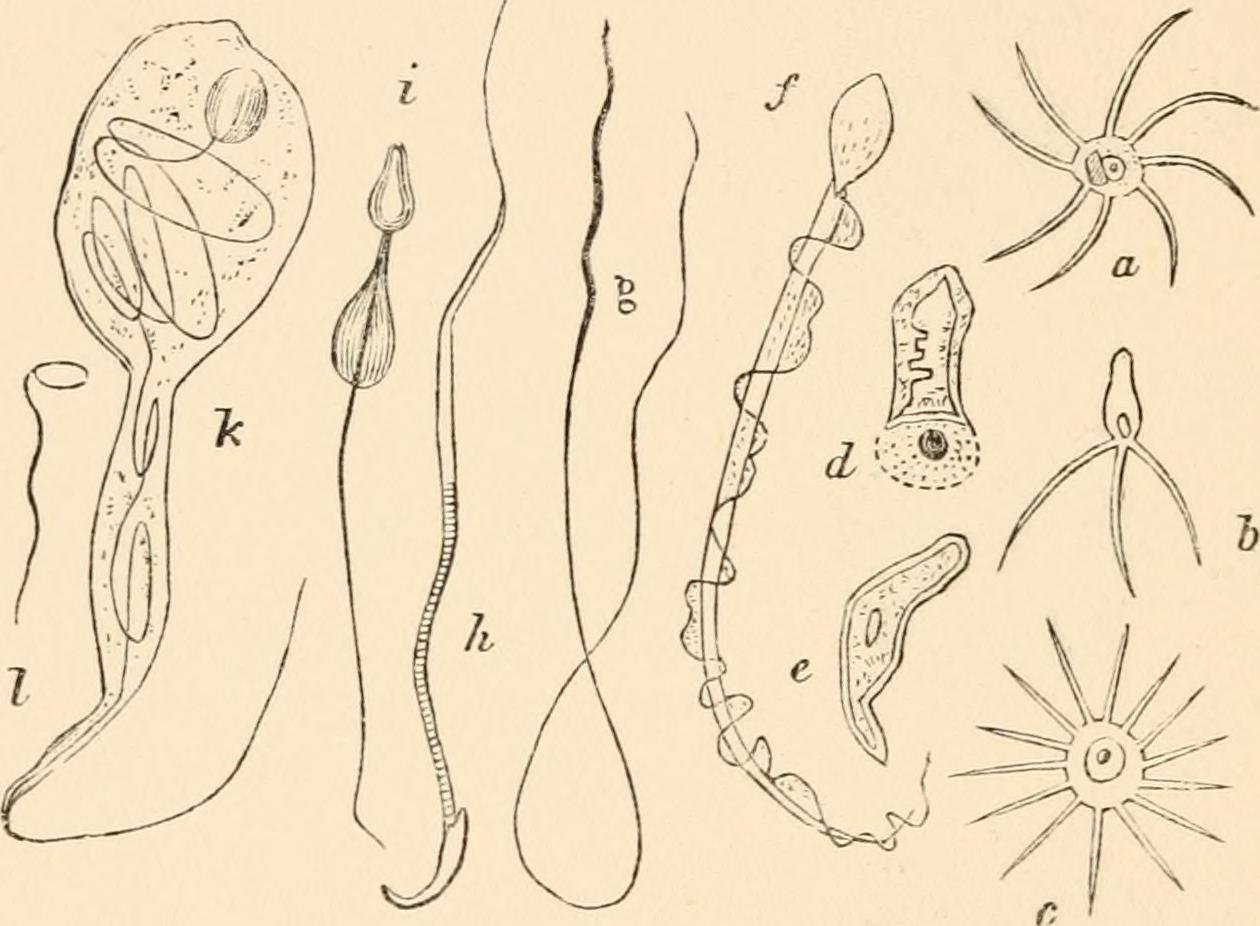
Having an unusually high number of chromosomes affects more than just reproduction. It can lead to increased cell size, changes in development, and even resistance to certain diseases. For the marbled crayfish, this genetic bounty may help it thrive in diverse environments, adapting quickly to new conditions. However, too many chromosomes can also cause problems, such as developmental abnormalities or reduced genetic flexibility. Scientists are still unraveling how the marbled crayfish manages to balance these genetic risks and rewards.
A Global Invasion Fueled by Genetics
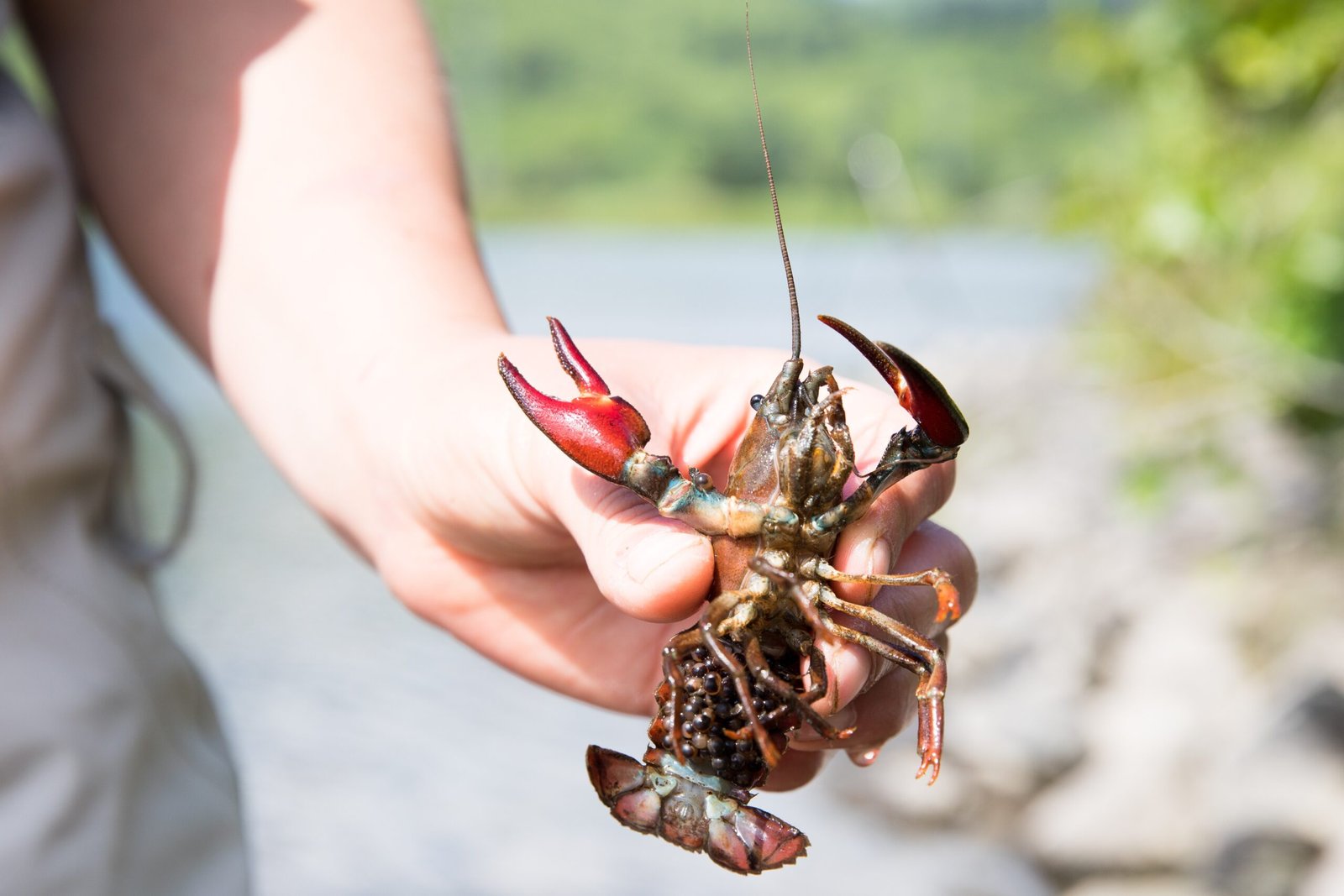
Because marbled crayfish reproduce so quickly and adapt easily, they have spread to lakes, rivers, and ponds worldwide. In some places, they are considered a serious invasive species, displacing native wildlife and altering habitats. Their ability to colonize new areas almost overnight has alarmed ecologists and inspired urgent research into how their unique genetics contribute to their success. The story of the marbled crayfish is a powerful reminder of how genetics can shape not only individual species, but entire ecosystems.
What Can We Learn From the Marbled Crayfish?
Studying the marbled crayfish offers insights into evolution, genetics, and environmental change. Scientists are using this species to explore questions about cloning, adaptation, and the consequences of genetic duplication. Could understanding its genome help us develop new strategies for conservation or even biotechnology? The marbled crayfish’s story is a testament to nature’s endless creativity—and a warning about the unpredictable consequences of genetic innovation.
The Future of Chromosome Research in Animals
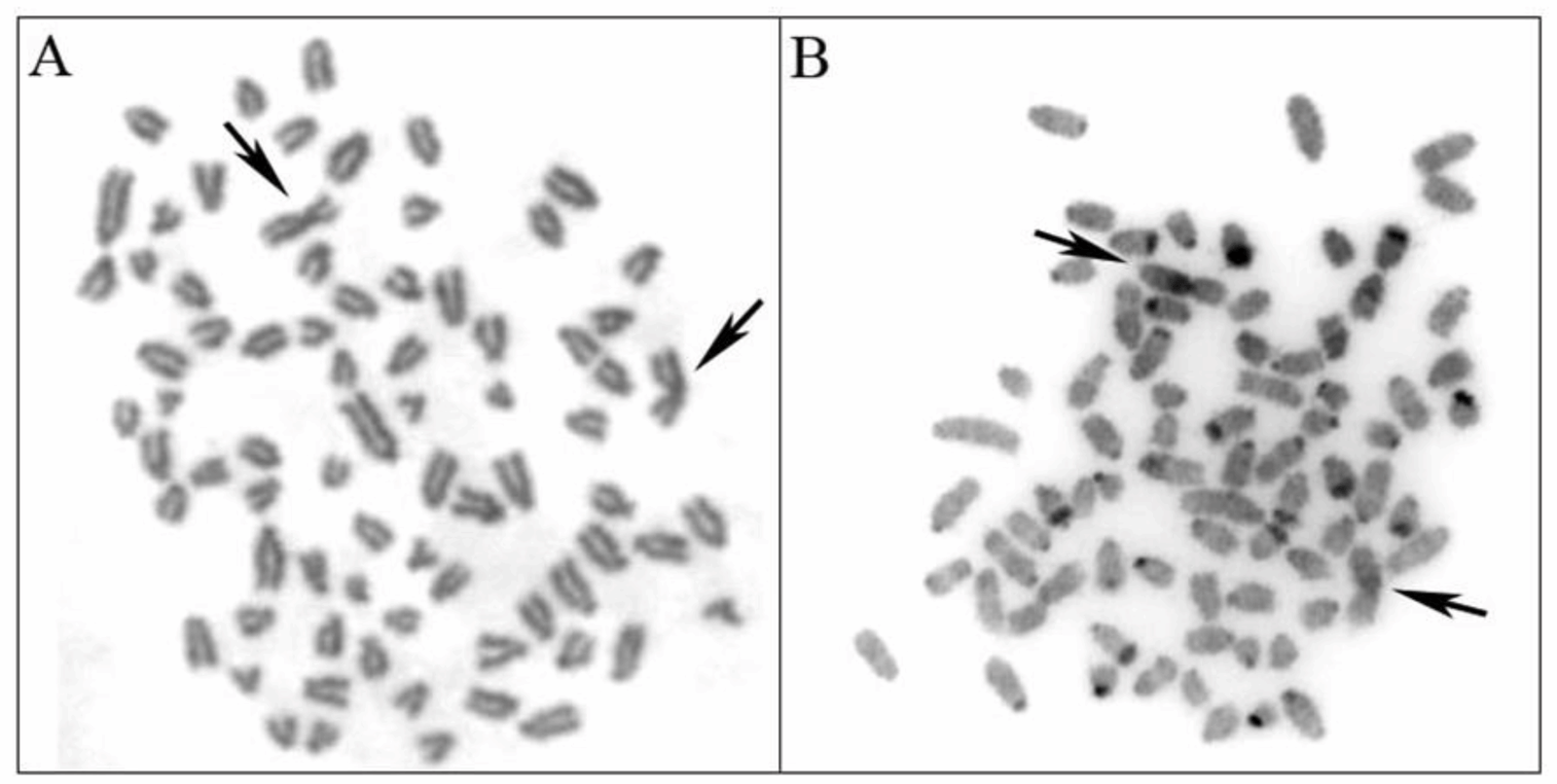
As scientists sequence more genomes and study creatures with unusual chromosome counts, new mysteries are emerging. Why do some animals thrive with hundreds of chromosomes, while others get by with just a few? How does the number of chromosomes affect health, aging, and evolution? The marbled crayfish is just the beginning. This tiny animal has opened the door to a genetic frontier that may one day help us unlock the secrets of life itself.
The Marvel of the Marbled Crayfish
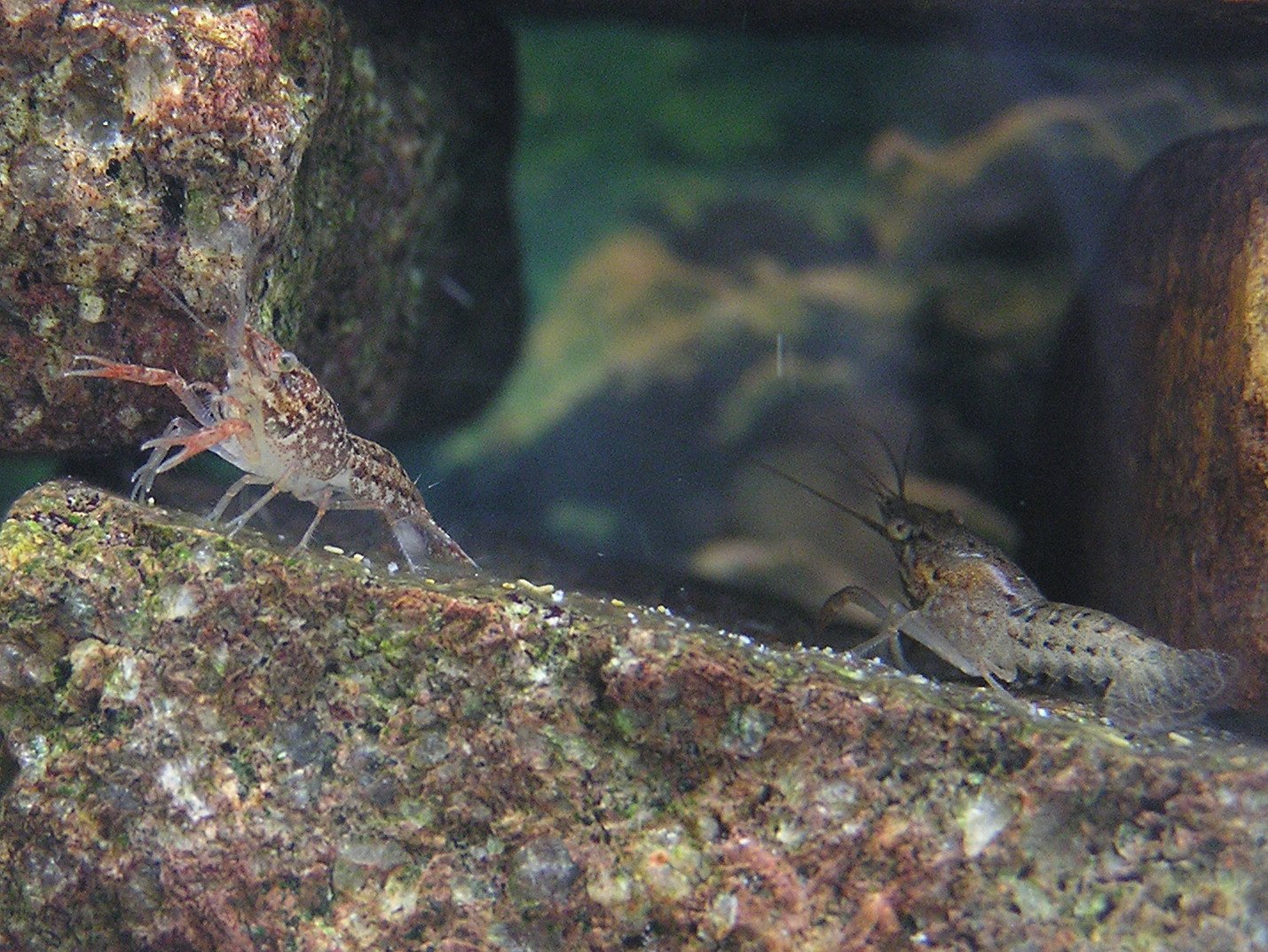
The marbled crayfish stands as a living wonder, its record-breaking chromosome count challenging everything we thought we knew about animal genetics. This humble crustacean, with its explosive reproduction and unique biology, has become a symbol of nature’s unpredictability and power. Its story is a call to look closer at the ordinary, to marvel at the unexpected, and to remember that even the smallest creatures can hold the greatest surprises. Who would have guessed that the most genetically complex animal on Earth could fit in the palm of your hand?

